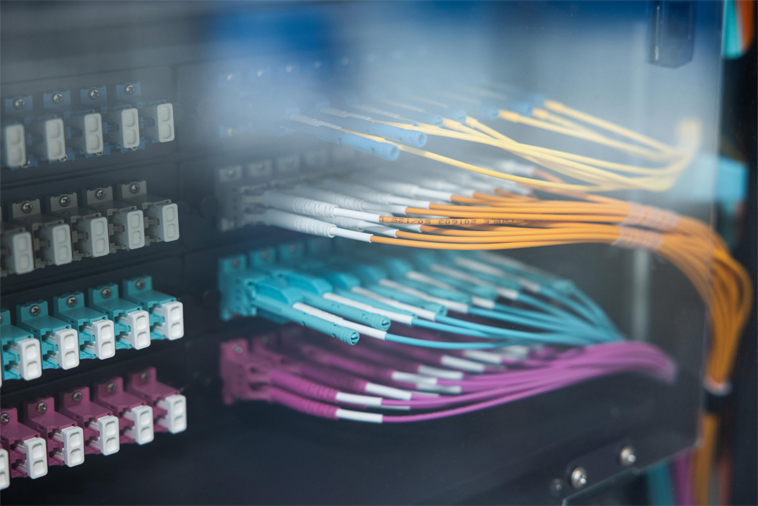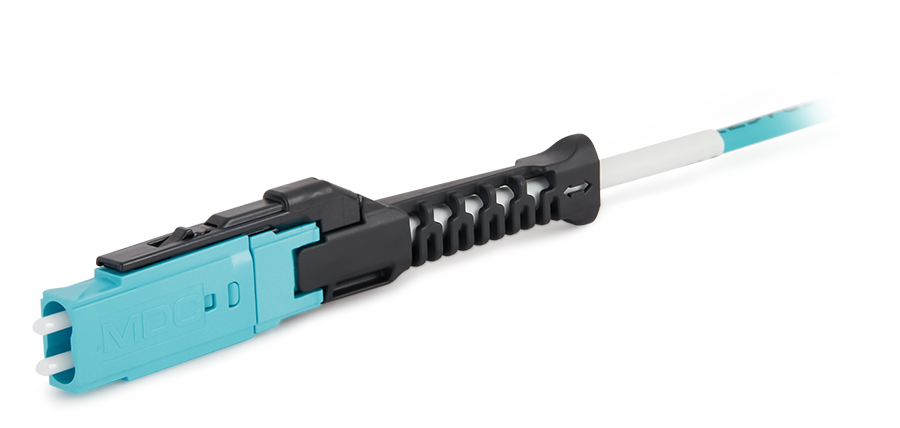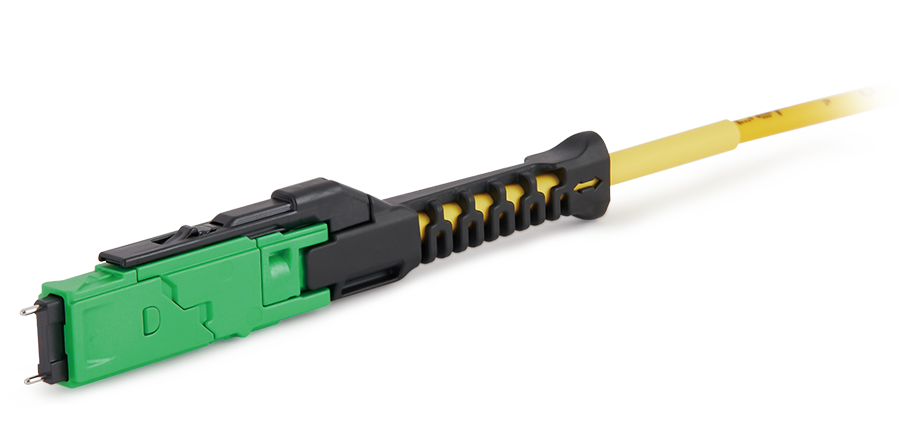Fiber optic module cassettes are indispensable in modern optical networks, providing a modular and efficient solution for managing fiber connections in high-density environments. Whether for data centers or large-scale enterprise networks, proper installation and maintenance of fiber cassettes are essential to ensuring network reliability and performance. This guide covers important things you need to know, from installation steps to maintenance tips, common challenges, and best practices.

What Are Fiber Optic Module Cassettes?
Fiber optic module cassettes, also known as pre-terminated module cassettes or modular box, are modular devices that organize and distribute optical fibers. Typically, the front panel features LC, SC, or MTP® adapters, while the rear panel includes MTP® adapters. These cassettes are designed to streamline cable management, protect fibers, and maintain an orderly network layout.
Step-by-Step Installation Guide
Example: MTP®-24 to LC Fiber Optic Cassette
1. Prepare Your Equipment
Confirm that the cassette meets your network requirements, such as support for 24 fibers.
Determine the number of cassettes needed based on system capacity.
Gather essential tools: fiber module cassette, compatible MTP®-24 jumper cables, fiber cleaver, and cleaning tools.
2. Install the Enclosure
Mount the enclosure securely in your rack or cabinet, aligning it with your cable management plan.
Ensure the enclosure is stable and positioned for easy access to facilitate maintenance and upgrades.
3. Insert the Fiber Cassette
4. Connect Fiber Cables
Attach the MTP® connector to the rear MTP® adapter port, ensuring a secure fit.
Insert the LC connectors into their corresponding front ports, ensuring proper alignment for optimal performance.
5. Test and Verify Connections
Use a fiber tester to verify all connections.
Check for issues such as signal loss, poor continuity, or misaligned connectors and address them promptly.
Maintenance Tips
1. Regular Inspection and Cleaning
2. Monitor Network Performance
Use monitoring tools to track performance metrics, such as insertion loss and signal strength.
Identify and address potential issues early to maintain optimal operation.
3. Label and Organize Cables
Use clear, durable labels to identify connections.
Implement a cable organizer to minimize clutter and simplify future maintenance.
4. Protect Unused Ports
5. Invest in High-Quality Accessories
Common Challenges and Solutions
1. Incorrect Cable Connections
2. Cable Management Issues
Issue: Tangled or overcrowded cables complicate troubleshooting and maintenance.
Solution: Use fiber cable managers and standardized adapter colors (e.g., TIA/EIA-568.3-D) to maintain organization and simplify identification.
3. Dust and Contamination
4. Limited Rack Space
Issue: Insufficient space restricts efficient installation and accessibility.
Solution: T&S modular solutions, like the Ultra Series, optimize rack space while offering scalability. For example, a 24-fiber cassette can be upgraded to 36-fiber or 48-fiber versions, such as the MDC-64 to MPO cassette, without significant system changes.
Conclusion
Proper installation and maintenance of Fiber optic module cassettes are key to achieving high performance and efficiency in optical networks. By adhering to these guidelines, you can streamline cable management, minimize downtime, and ensure your network infrastructure remains reliable and scalable.

 Fiber Optic Flex Circuit (FOFC)
Advanced Simulation & Optimization, High Positioning Accuracy, Flexible Customization, Rigorous Reliability Testing
Fiber Optic Flex Circuit (FOFC)
Advanced Simulation & Optimization, High Positioning Accuracy, Flexible Customization, Rigorous Reliability Testing MDC Solution
US Conec's MDC connector is a Very Small Form Factor (VSFF) duplex optical connector, expertly designed for terminating single-mode and multimode fiber cables with diameters up to 2.0mm.
MDC Solution
US Conec's MDC connector is a Very Small Form Factor (VSFF) duplex optical connector, expertly designed for terminating single-mode and multimode fiber cables with diameters up to 2.0mm. MMC Solution
US Conec's Very Small Form Factor (VSFF) multi-fiber optical connector that redefines high-density connectivity with its cutting-edge TMT ferrule technology and intuitive Direct-Conec™ push-pull boot design.
MMC Solution
US Conec's Very Small Form Factor (VSFF) multi-fiber optical connector that redefines high-density connectivity with its cutting-edge TMT ferrule technology and intuitive Direct-Conec™ push-pull boot design. EN
EN
 jp
jp  fr
fr  es
es  it
it  ru
ru  pt
pt  ar
ar  el
el  nl
nl 




_and_High-Reflection_(HR)_Optical_Coatings.webp)
